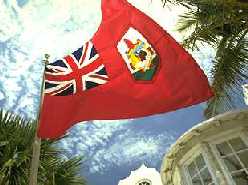Rhodoliths are nodules composed principally of encrusting red calcareous algae. They form in a wide range of non-muddy marine environments with depths typically less than 100m. Shallow-water rhodolith samples were collected from the backreef and lagoon near Baradal Island, Tobago Cays, Grenadines during a geology field trip in the Caribbean in February, 1997. Samples collected show a wide range of external morphologies and two dominant growth forms: laminar and columnar. Secondary encrusters include foraminifera, serpulids and gastropods and locally developed juvenile Montastreas coral. These rhodoliths may have more than one nuclei composed either of an older, commonly bioeroded coralline algal nodule or of coral or volcanic fragments. In general individual layers of encrusting algae do not extend completely over the nodule, overlapping over one another. This suggests that the nodules were periodically overturned by currents or grazing animals such as fish. Early marine fibrous cements infills approximately half of the conceptacles (cavities containing reproductive organs). Rhodoliths collected in Tobago Cays (this study) were compared with those collected in a similar environment in Bermuda. It was found that the external morphology and algal growth form were not indicative of energy conditions or depth.
|
|
Distribution of Rhodoliths
Rhodolith Morphology
Internal Structure
Comparison to Rhodoliths in Bermuda

